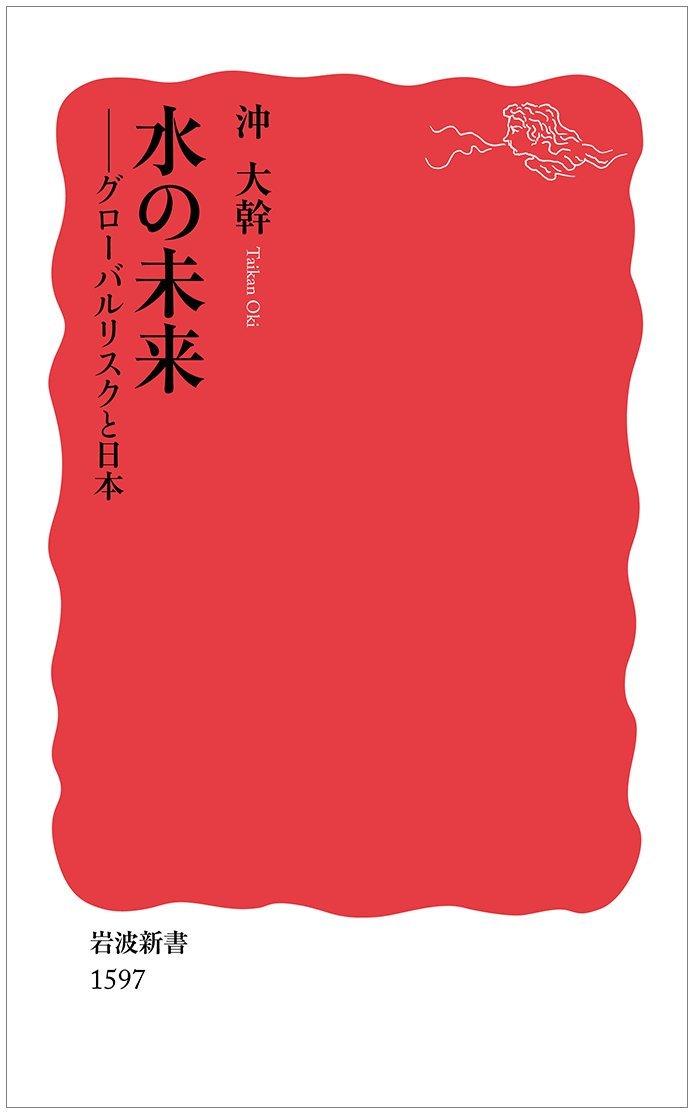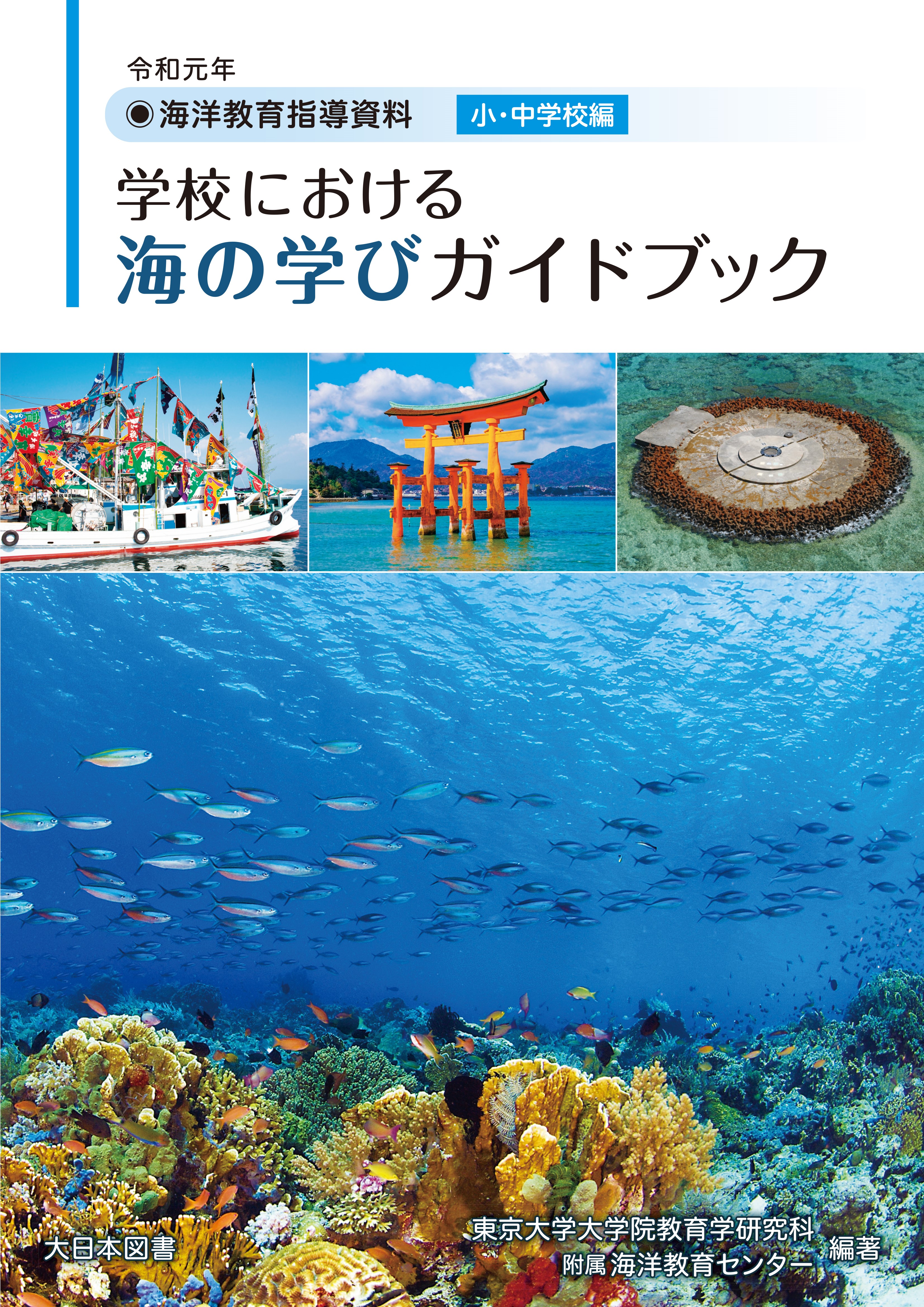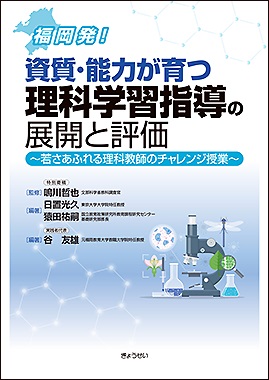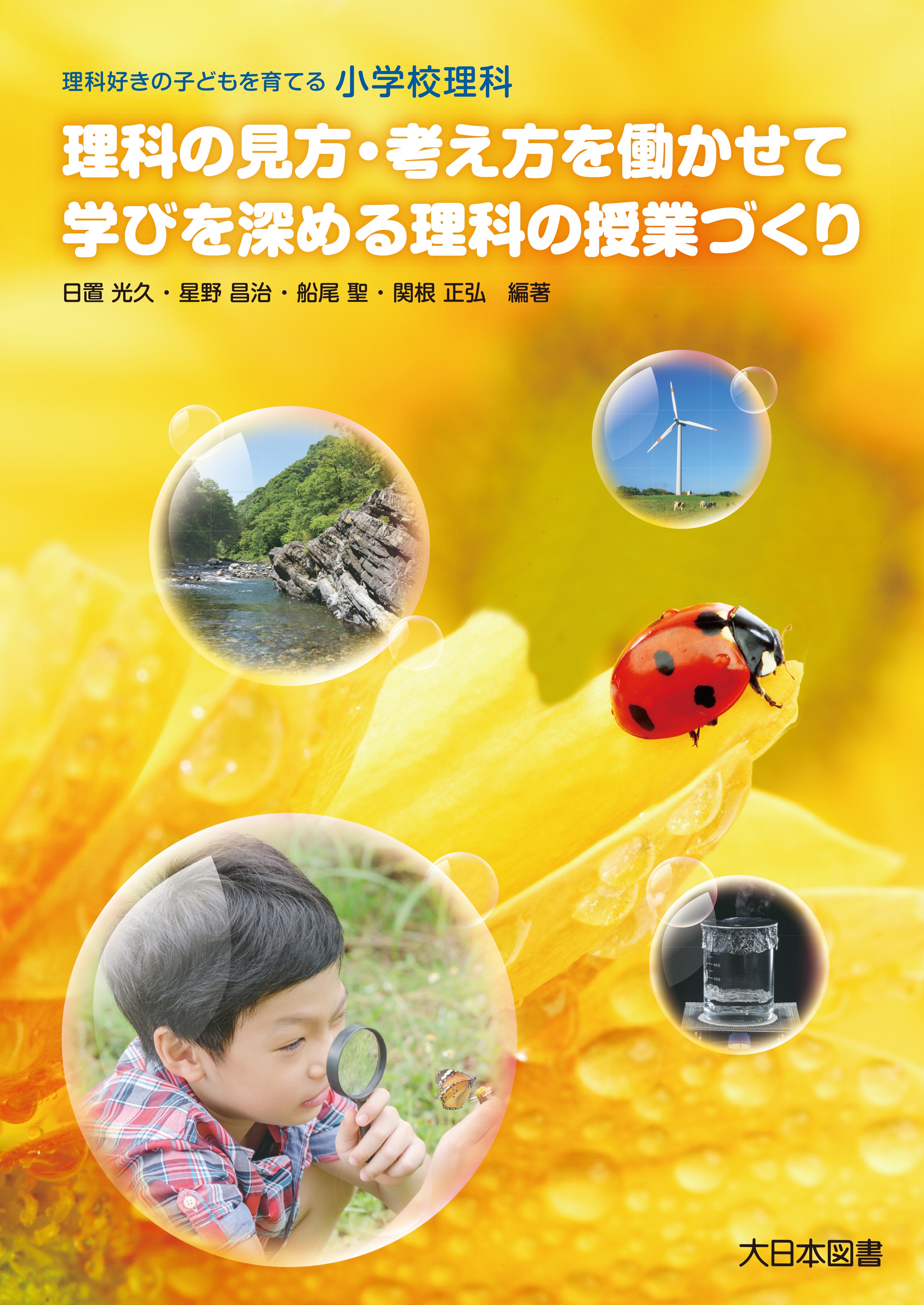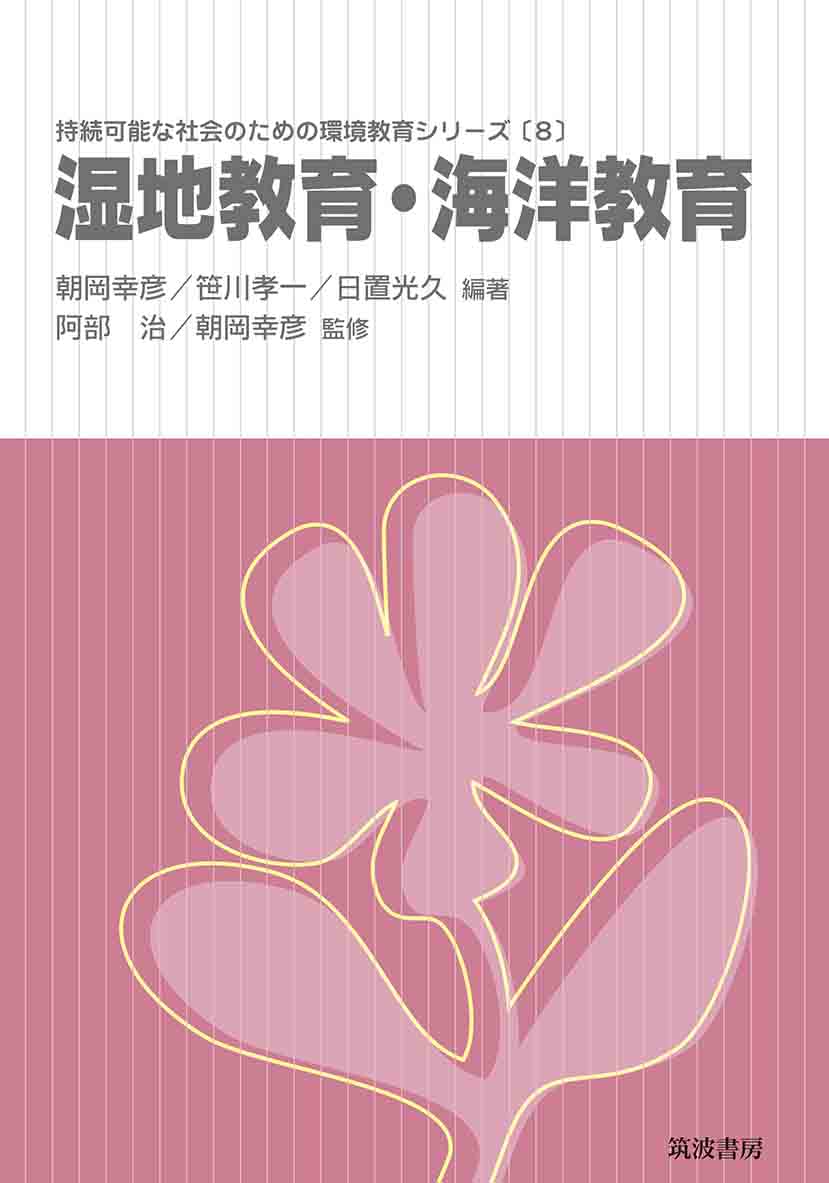
Title
Environmental Education for a Sustainable Society series, no. 8 Shicchi Kyoiku, Kaiyo Kyoiku (Wetland Education / Ocean Education)
Size
150 pages, softcover
Language
Japanese
Released
September 12, 2019
ISBN
978-4-8119-0560-0
Published by
Tsukuba Shobo
Book Info
See Book Availability at Library
Japanese Page
The surface of the earth is divided into terrestrial and marine regions. The marine regions occupy a greater area than the terrestrial regions and are divided into wetlands and the ocean. Dotting the earth’s surface like oases, wetlands are home to various organisms and a rich source of biodiversity. The water flowing from them circulates around the earth as if they were its arteries and veins and end up connecting with the ocean. Meanwhile, the ocean is like an enormous jug, which holds over 97% of the earth’s water and has a decisive influence on its organisms and the global environment. Even though both the wetlands and the ocean are essential for humans, they have historically been considered a priori and taken for granted.
This book is part of the series Environmental Education for a Sustainable Society, which was influenced by the concept of the Sustainable Development Goals (SDGs) adopted at the United Nations (UN) Summit in September 2015. The reader may wonder why “wetland education” and “ocean education” are given equal treatment in a single volume. While wetlands and the ocean may seem to be rather different things, they can both be considered part of the “water (aquatic regions)” that exists on the earth’s surface from the perspective of their interaction with humans. Here, “wetlands” refers to all kinds of wetlands, whether natural or artificial, permanent or temporary, running or static, and fresh or brackish. To be more specific, they exist in various forms, such as lakes and marshes, which are obvious, but they also include irrigated rice paddies, rivers, and hot springs.
The word “water” appears in two of the seventeen SDGs: 14. Life Below Water and 6. Clean Water and Sanitation. However, many of the other SDGs are also connected to water, such as increasing agricultural production for 2. Zero Hunger, sanitation facilities and anti-pollution measures for 3. Good Health and Well-being, problems in access to water for 5. Gender Equality, countermeasures against floods, typhoons, and high tides for 13. Climate Action, and the conservation of water and vegetation for 15. Life on Land. Recognizing wetlands and the ocean as a single form of the “water” that exists on the earth’s surface makes it possible to relate the SDGs to each other and work toward making the ideals behind them a reality.
(Written by HIOKI Mitsuhisa, Project Professor, Graduate School of Education / 2020)



 Find a book
Find a book


